Houses For All
Historical Hanoks are Now Open to Everyone
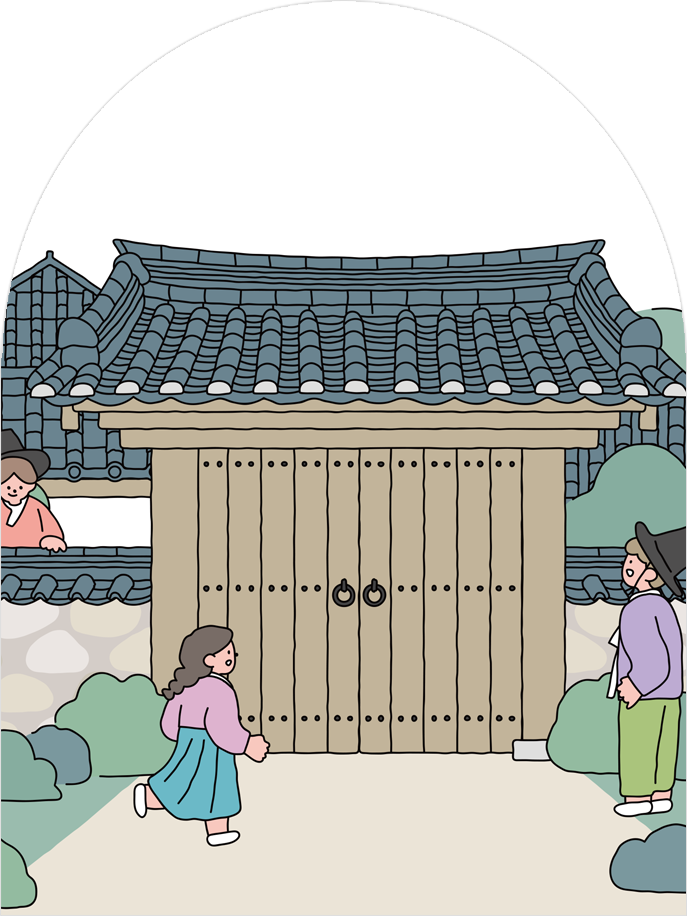
©TongRo Image
WRITTEN BY
Seong Hye-kyeong
Illustrated by
Cho Kyungkyu
Nowadays, Hanok are being replaced by Western-style houses and no longer function as homes where families sleep and eat. Several Hanok have been transformed into spaces that retain “some” of the features of the house. Once private spaces, Hanok have opened their doors, welcoming new people with a brand new appearance.
1
Time Traveling to the Joseon Dynasty Naganeupseong Folk Village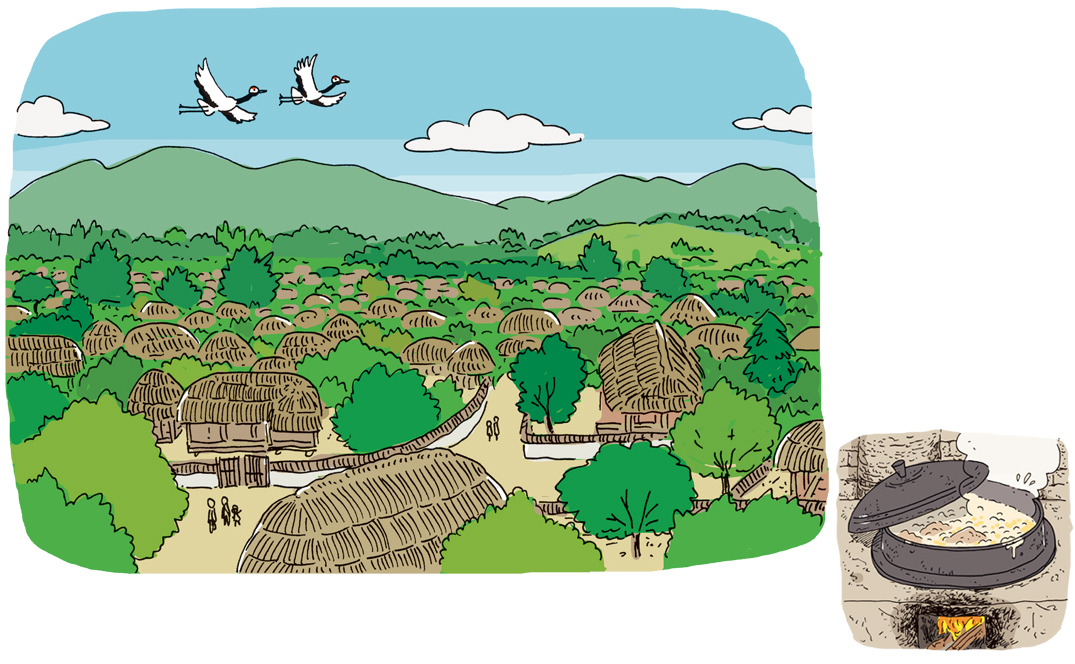
When people think of Hanok, they often think of houses with tile roofs, but the majority of the people in the Joseon Dynasty lived in thatched cottage homes that were walled with wood and red clay and roofed with woven rice straw. During industrialization, most of the thatched cottage homes were demolished, making them become rare nowadays.
However, if you go to Naganeupseong Folk Village, you can find humble and cozy thatched cottage homes. The village is a well preserved historical site with a fortress, government buildings and stone walls built over 600 years ago, as well as 312 thatched cottage homes. What’s intriguing is that there are still residents living there. If you fill your stomach with gomtang (beef bone soup) boiled in a cauldron after looking around the folk village, you will feel as if you are traveling in the Joseon Dynasty.
2
A Night in an Old House Gurume Resort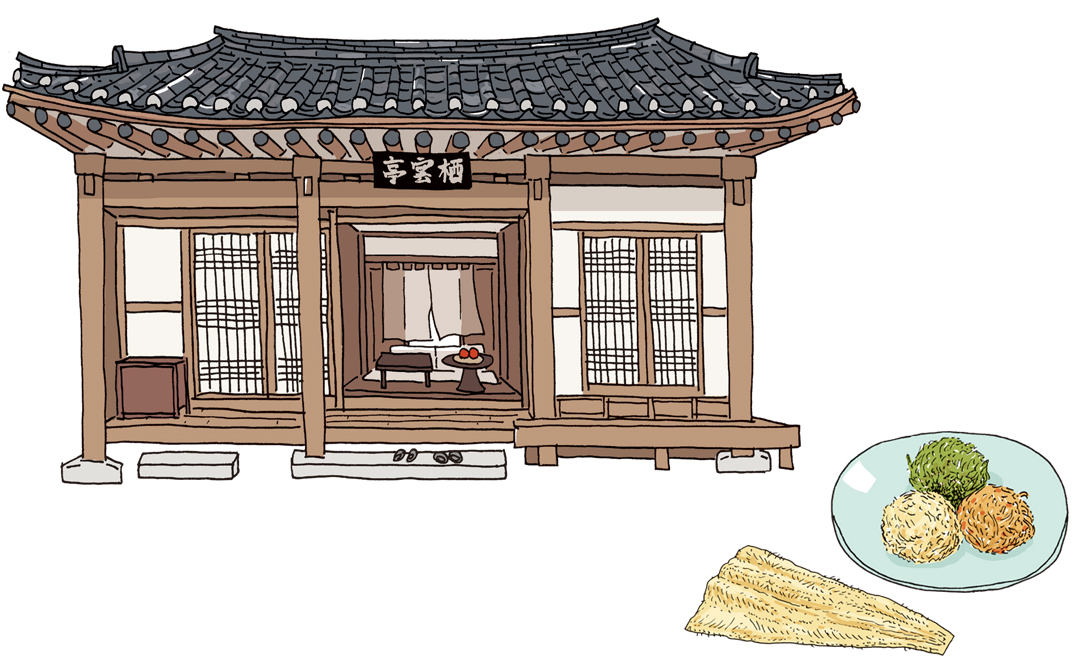
Would there be any other place where one can spend a day as special as a building with hundreds of years of history? Several Hanok in Korea have been renovated into places of accommodation. In particular, Gurume Resort in Andong transformed more than ten 400-year-old houses that at risk of being flooded by nearby dam construction.
It is a place where you can experience the lifestyle of the Joseon Dynasty through old facades and items such as the soban (low traditional dining table) instead of a modern table, and a thick cotton blanket instead of a bed.
A tasty Korean breakfast meal is served to guests, including bugeobopuragi (a side dish mixed with dried pollack crumbs, soy sauce, salt, and red pepper powder), which was enjoyed by the king of the Joseon Dynasty and aristocrats of Andong. You can also try making your own bugeobopuragi.
3
Unique Treats Cafe Type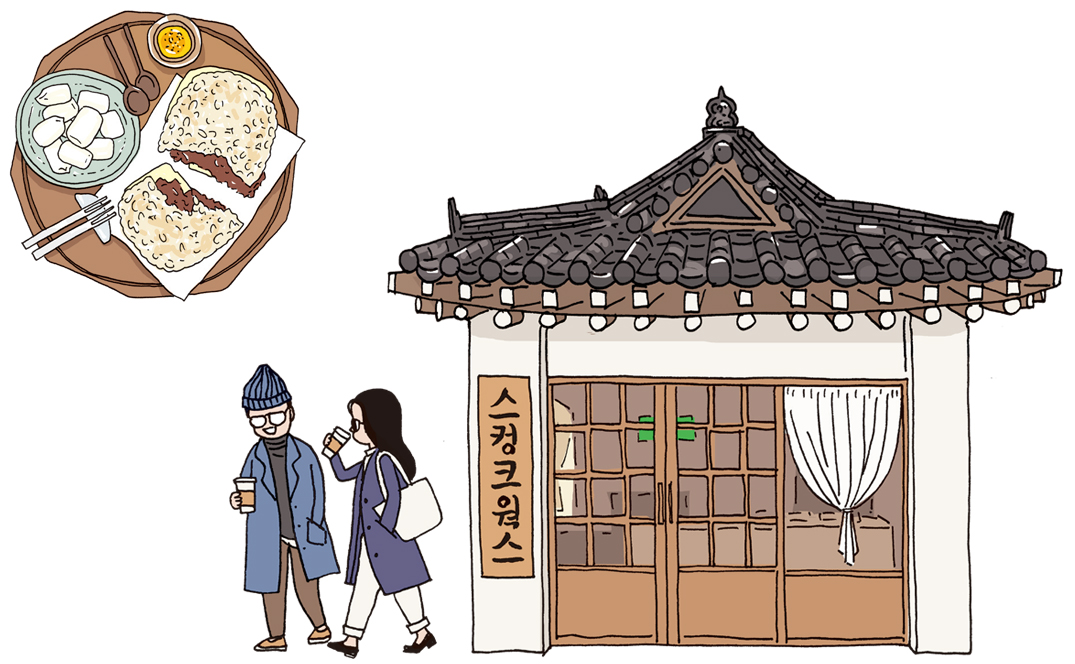
Hanok cafes are perhaps the most easily encountered Hanok in Korea. Some are newly built in the form of Hanok, while many others are renovated old homes. In particular, if you go to towns with Hanok villages such as Bukchon, Gyeongju and Jeonju, you can find Hanok cafes in many sizes and types.
Hanok cafe take pride in their traditional yet creative desserts that accompany traditional tea. Many Hanok cafes sell desserts such as garaetteok (long, cylindrical rice cakes), jeolpyeon (flat square-shaped rice cake), and traditionally reinterpreted bread using nurungji (crunchy rice), red bean paste and butter. Enjoying a warm cup of traditional tea and unique desserts in a graceful Hanok is a whole new way to experience Korea.
Other Articles
-
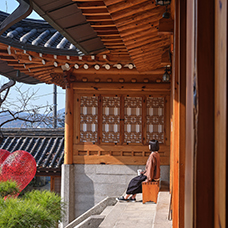
Special Ⅰ A Challenge Aimed at Developing Hanok
-
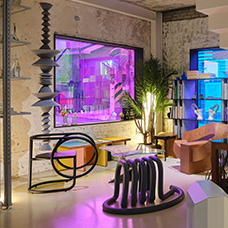
Special Ⅱ Stay, Experience and Drink
-

Trend Houses For All
-
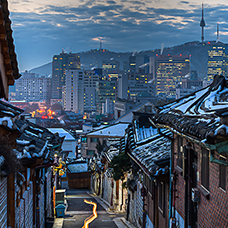
Hidden View A Two-sided Alley
-
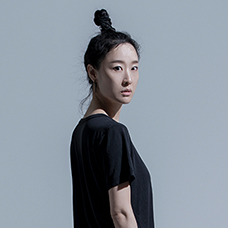
Interview Choreographer Kim Bora
-
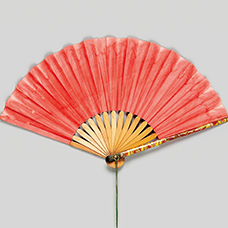
Art of Detail Outstanding Ornaments
-

Film & TV 20th Century Girl
-

Collaboration The Most Luxurious Canvas
-

Current Korea Korea Reaffirms Solidarity
-

Global Korea Large-scale Exhibition of 50 years of K-pop History
